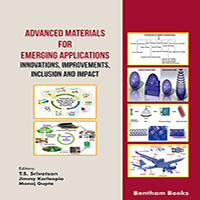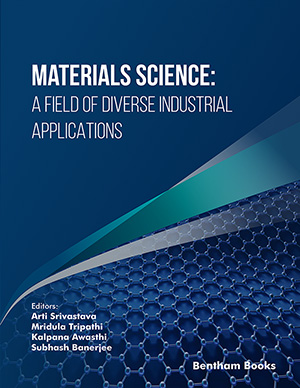Abstract
Aluminium has a lightweight (density is 2.7 g/cm3
), high specific strength,
and excellent wear and corrosion resistance properties. Due to these properties,
aluminium and its alloys are the most commonly used for structural, automobile, and
aerospace applications. However, these monolithic materials have poor mechanical
properties which are significant barriers to their further development. The resulting
materials, when reinforced with ceramic particles, enhance the properties of materials
and are capable of meeting the majority of industrial requirements. The reinforcement
of ceramic affects the properties of developed composites. The composite fabricated by
the conventional process has a limitation to the segregation of reinforced ceramic
particles, porosity, weak interfacial bonding, and lower strength. Besides, additive
manufacturing (AM) provides design freedom and dense and high-strength
components. In the present study, advances in aluminium nanocomposite developed by
laser powder bed fusion processes have been studied in detail. In addition, the objective
of this chapter is to focus on the fabrication routes, formation mechanisms, effect of
process parameters and its effect on laser absorption, grain refinement, interfacial
bonding and mechanical properties of aluminium nanocomposite discussed in detail.
The future scope of laser-processed aluminium composite is also briefly discussed.
Keywords: Aluminium composite, Additive manufacturing method, Classifications of additive manufacturing techniques, Laser powder bed fusion processes, Laser additive manufacturing, Microstructure, Mechanical properties.




















